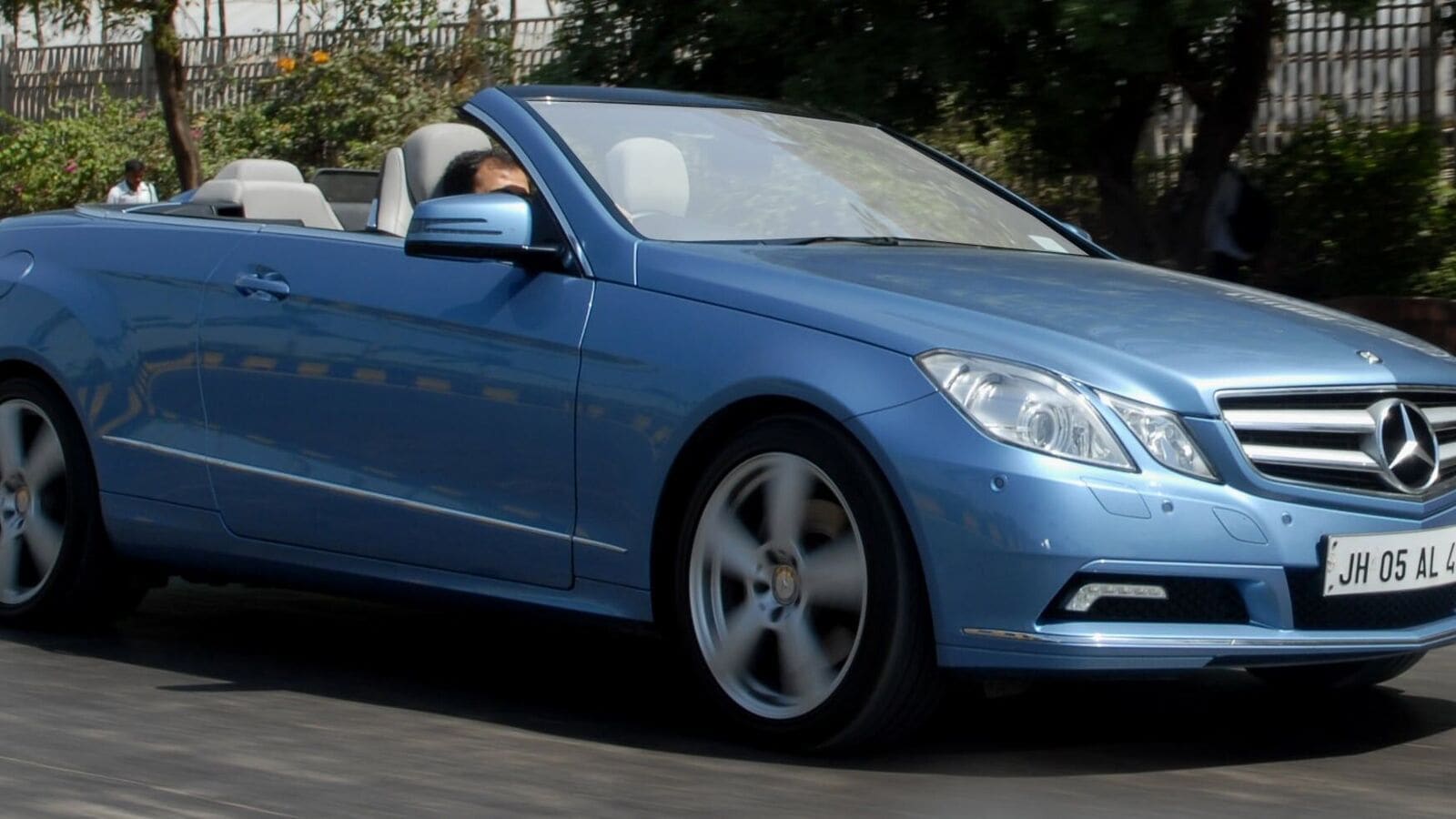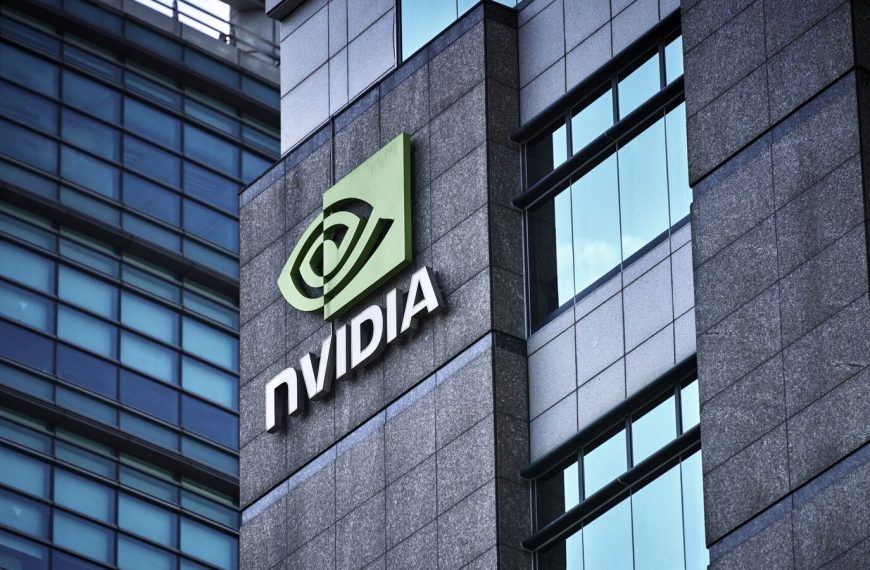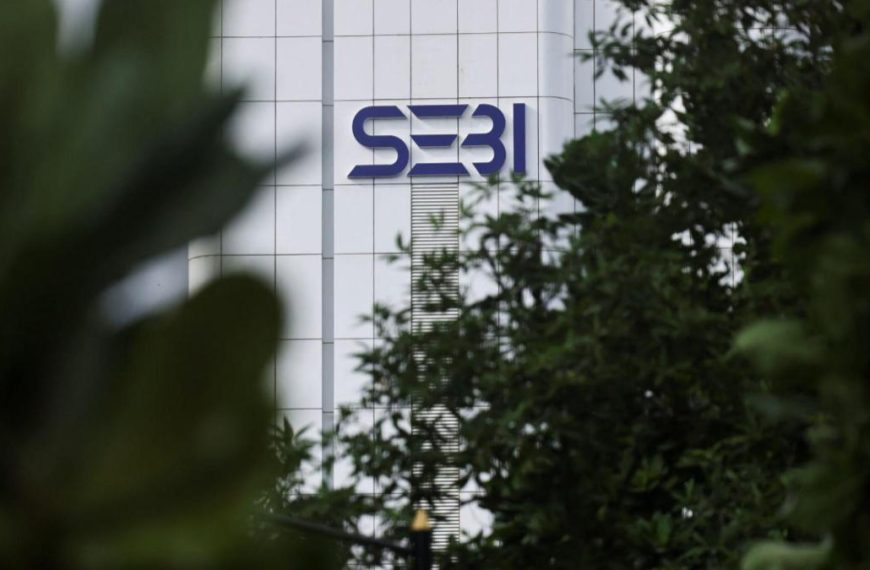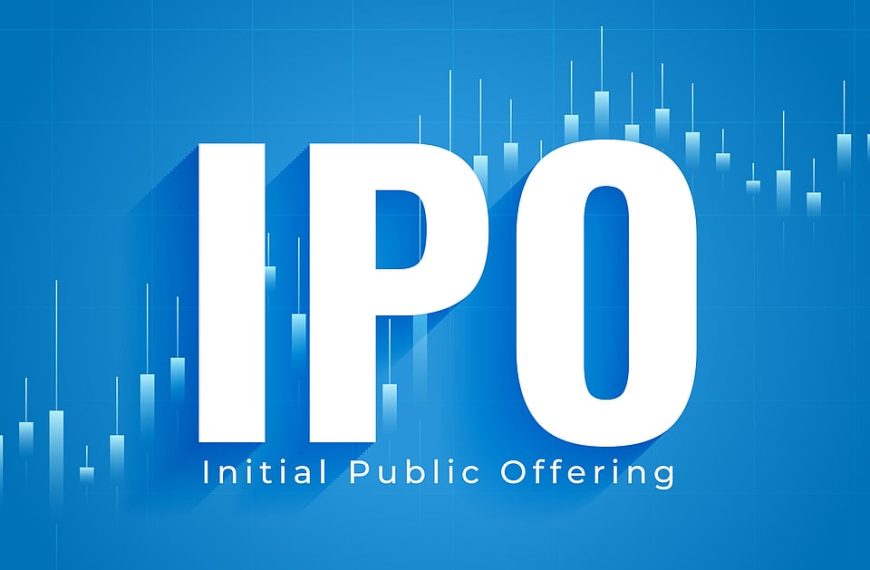In the fiscal year 2025, urban consumers in India are tightening their belts, influenced by soaring food prices and stagnant wages, leading to a noticeable dip in car purchases. Despite this trend, the affluent segment continues to indulge in luxury vehicles, demonstrating an unyielding demand for high-end cars. This year, luxury car sales have reached new heights, with 51,406 units sold, reflecting a 3% increase from the previous year’s 49,862 units.
Luxury Car Market Surges Amid Economic Challenges
Even amidst economic hardships, the luxury car sector is thriving. The Indian economy is projected to experience its slowest growth in four years, yet this hasn’t deterred luxury brands. The remarkable sales figures set a record for the highest annual sales in the luxury segment, showcasing the resilience of this market.
- Mercedes-Benz India emerged as a frontrunner, delivering 18,928 units, achieving its best fiscal performance to date.
- Notably, the luxury segment, which includes the prestigious S-Class, Maybach, and AMG models, grew by an impressive 34%.
- Electric vehicle (EV) sales, a growing trend, soared by 51%, making up 7% of total sales.
Demand for Premium Models Skyrockets
Models like the AMG G 63, Mercedes-Maybach Night Series, and the innovative G 580 with EQ Technology have generated significant consumer interest, with some buyers facing wait times of up to one year. The electric variant of the Maybach is also experiencing robust demand, illustrating a shift towards sustainable luxury.
Following closely, BMW India claimed the second position in the luxury market with 15,810 units sold, marking a 5% increase from the previous year. Meanwhile, Jaguar Land Rover (JLR) celebrated a stunning 40% YoY growth, selling 6,183 units and surpassing Audi as the third-largest luxury car brand in India. This comes after a brief period in 2019, when JLR had outperformed Audi before the latter reclaimed its position in 2020.
Strong Performance from JLR and Lexus
The Land Rover Defender stood out as the best-selling model for JLR, with sales surging by 90%. Additionally, locally assembled models, such as the Range Rover and Range Rover Sport, reported significant growth rates of 72% and 42%, respectively. JLR’s localization efforts and increased product availability have clearly paid off, especially after starting assembly operations at its Pune facility in May 2024.
On the other hand, Lexus, the luxury arm of Toyota, reported a solid 19% growth in FY25, achieving record monthly sales in March 2025, primarily driven by the popularity of the NX and RX SUVs.
Challenges for Audi and Volvo
In contrast, Audi faced a decline, with sales dropping by 15% to 5,990 units due to supply chain issues. Similarly, Volvo experienced a steep 51% YoY decline, with sales falling to 1,750 units, as it struggles to maintain its market share against fierce competition.
Despite these challenges, Volvo’s global performance in March 2025 indicated a total of 70,737 cars sold, reflecting a 10% decrease compared to the same month last year.
Conclusion: A Contrasting Landscape
The luxury car market in India presents a striking contrast to the broader economic landscape. While urban consumers grapple with rising food costs, the wealthy continue to drive demand for high-end vehicles, showcasing the resilience and growth potential of the luxury automotive sector. As consumer preferences evolve, the future of luxury cars in India looks promising, even amidst broader economic challenges.











